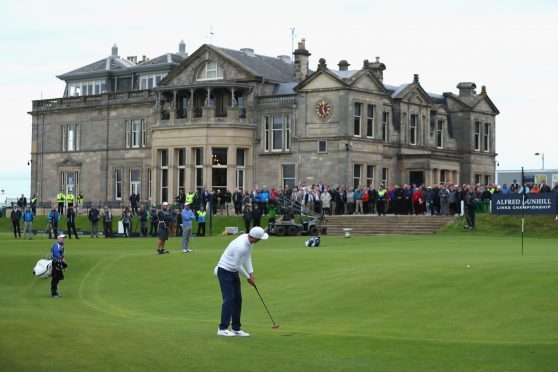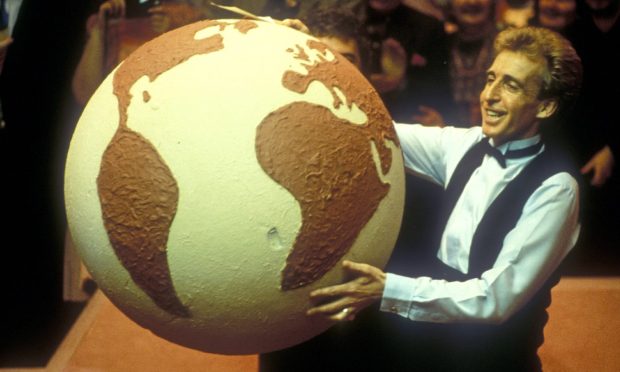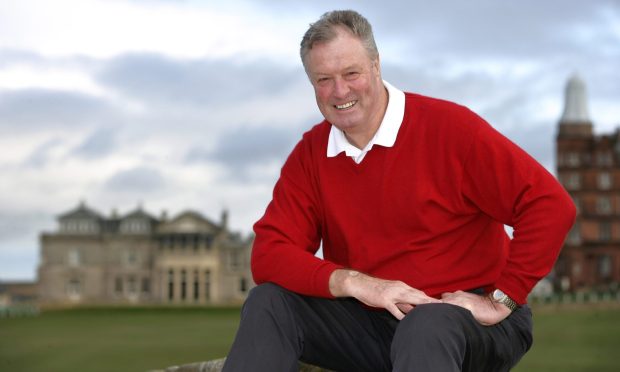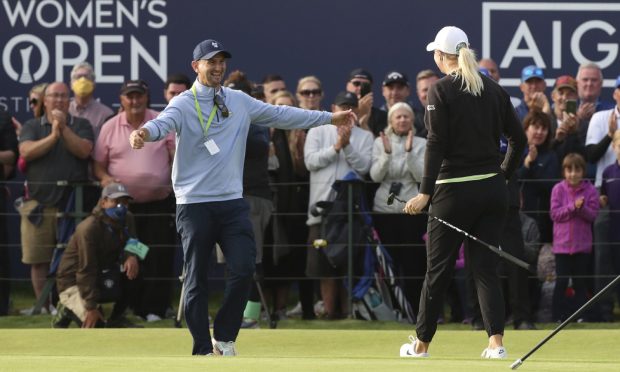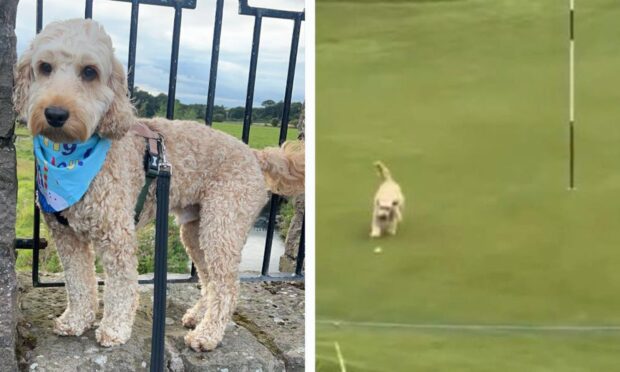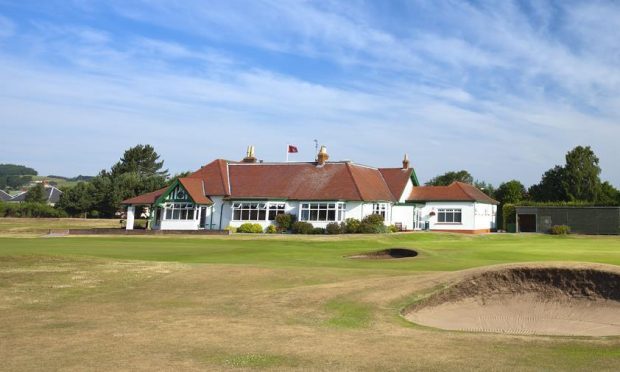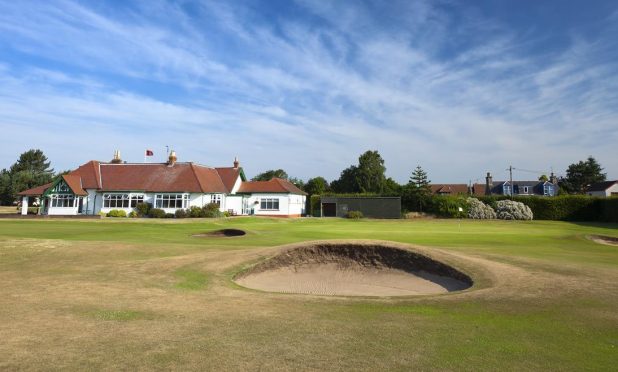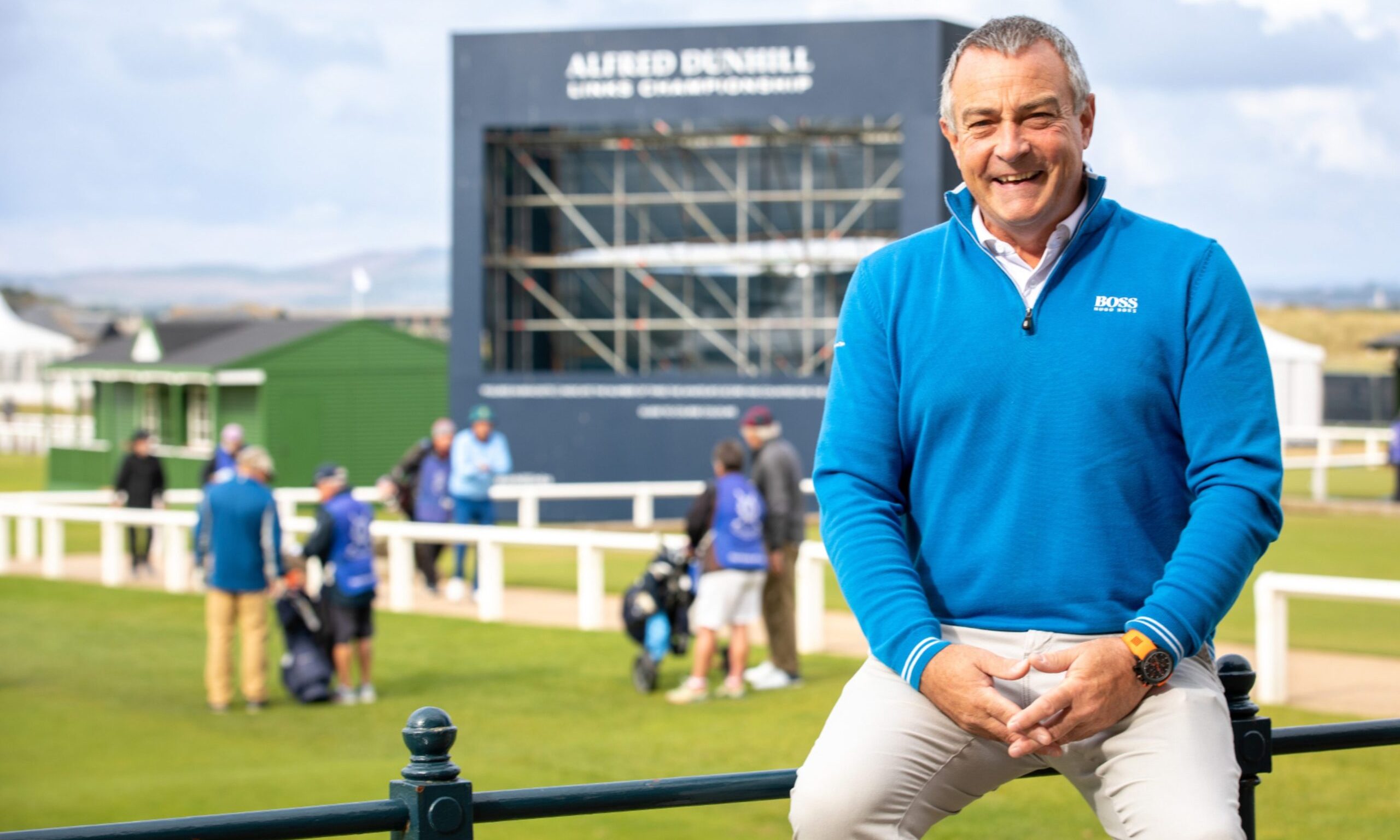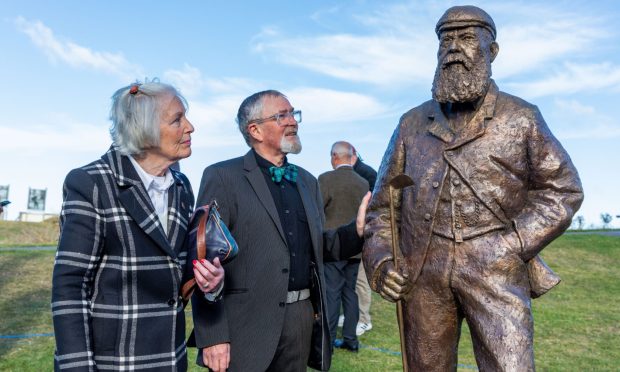Records. Dontcha just love ‘em? What do you mean it’s just us journalists?
As a simple way of quantifying and placing something in historical context, the urge to call something the best-ever is irresistible. “Was that your greatest round/game/shot/putt/year” we ask, almost on a daily basis. If they say yes, easy story. If they say no, still fairly easy story.
GOAT has gone from being a term of abuse – it once meant the person responsible for failure, the guy with the own goal, the player who dropped the catch, the unfortunate who horseshoed a three footer – to being literally the best thing there is: the Greatest Of All Time, for the acronymically unaware.
In golf, of course, we have plenty of amazing records – Jack Nicklaus’s 18 majors, Byron Nelson’s 11 wins in succession, Bobby Jones Impregnable Quadrilateral (still wonder why that didn’t catch on) and the Tiger Slam.
And every course in the world has a record low score. You’ll invariably find the scorecard framed in the clubhouse, and in grander places like the St Andrews Links clubhouse there’s a whole wall devoted to the best scores on the Old Course.
Well, the painters are in at the Links clubhouse this morning because all those 62s on the OC over the years and proudly displayed on the honour board were erased by Ross Fisher’s 61 on the final day of the Alfred Dunhill Links Championship.
Two days before that, Tommy Fleetwood wiped out another famous mark, the record 64 shared for the Carnoustie Championship Course by as many as 10 different people.
Fisher actually had a putt from the Valley of Sin for eagle for a 59. This was enough to provoke Gary Player to publicly weep on Twitter for the Old Course, declaring the sport’s greatest venue to have been eviscerated by modern balls and equipment.
He’s right about that, but not specifically because of the 61. The Old Course has been stretched in ludicrous ways to accommodate the longer distances the ball is hit in today’s game.
All Fisher’s new record proves is that stretching historic courses was, and remains, entirely the wrong policy.
But in the world of course records, things are vague. A record is supposed to be definitive, but there’s no rules.
Take Carnoustie. Pity poor Alan Tait, the Scots pro and occasional broadcaster, who was the first man to shoot 64 there, and has now found the practised after-dinner speech focusing on his feat has somewhat lost its lustre.
Taity shot his 64 in the second round of the Daily Express Scottish National Pro-Am of 1994, a Tartan Tour event.
There’s no exact record of the course Alan played, but I was there that day and I would reckon the course was no more than 6700 yards long, nearly 1000 yards shorter than Carnoustie can play.
Fleetwood’s 63 – and six of the 10 old record 64s – came in the Dunhill, where the Championship Course is played to a par 72 and the pins are generously placed because of the amateurs playing.
Is that the same course as was played when Colin Montgomerie shot 64 in the 1995 Scottish Open? Or the 64s shot by Steve Stricker and Richard Green in the 2007 Open? Not even slightly, because the course played to a par 71 on those occasions, and close to maximum length.
On the Old Course, Curtis Strange was the first to shoot 62, on a layout of about 6600 yards, in the 1987 Dunhill Cup. A number matched it over 30 years, including Rory McIlroy in the 2010 Open. Yet every time the course was slightly lengthened, the records were thrown out.
Most of the 62s were scored in the Dunhill, where pin positions are generally fairly easy for the amateurs. Pin positions are a huge thing at the OldCourse, in fact they’re the primary defence of the course if there’s no wind.
I’m open to accusations of pedantry here, of course. But to me if you’re going to disregard some circumstances of course set-up in setting records, then you’ve got to disregard them all.
That would have meant Strange holding the OC record until Fish’s score on Sunday, and Alan Tait at Carnoustie before Fleetwood’s 63.
But we don’t do that. So surely course records should only be available when the course is set up to its primary length and difficulty.
In the case of St Andrews and Carnoustie, that’s easy to define – it’s when they host the Open Championship.
Shoot a 62 on the OC then, as Rory did in 2010, then it’s the GOAT, no doubt.
